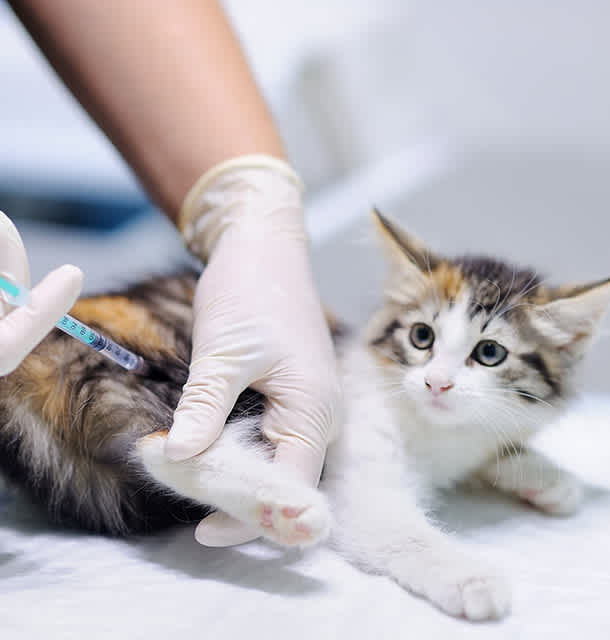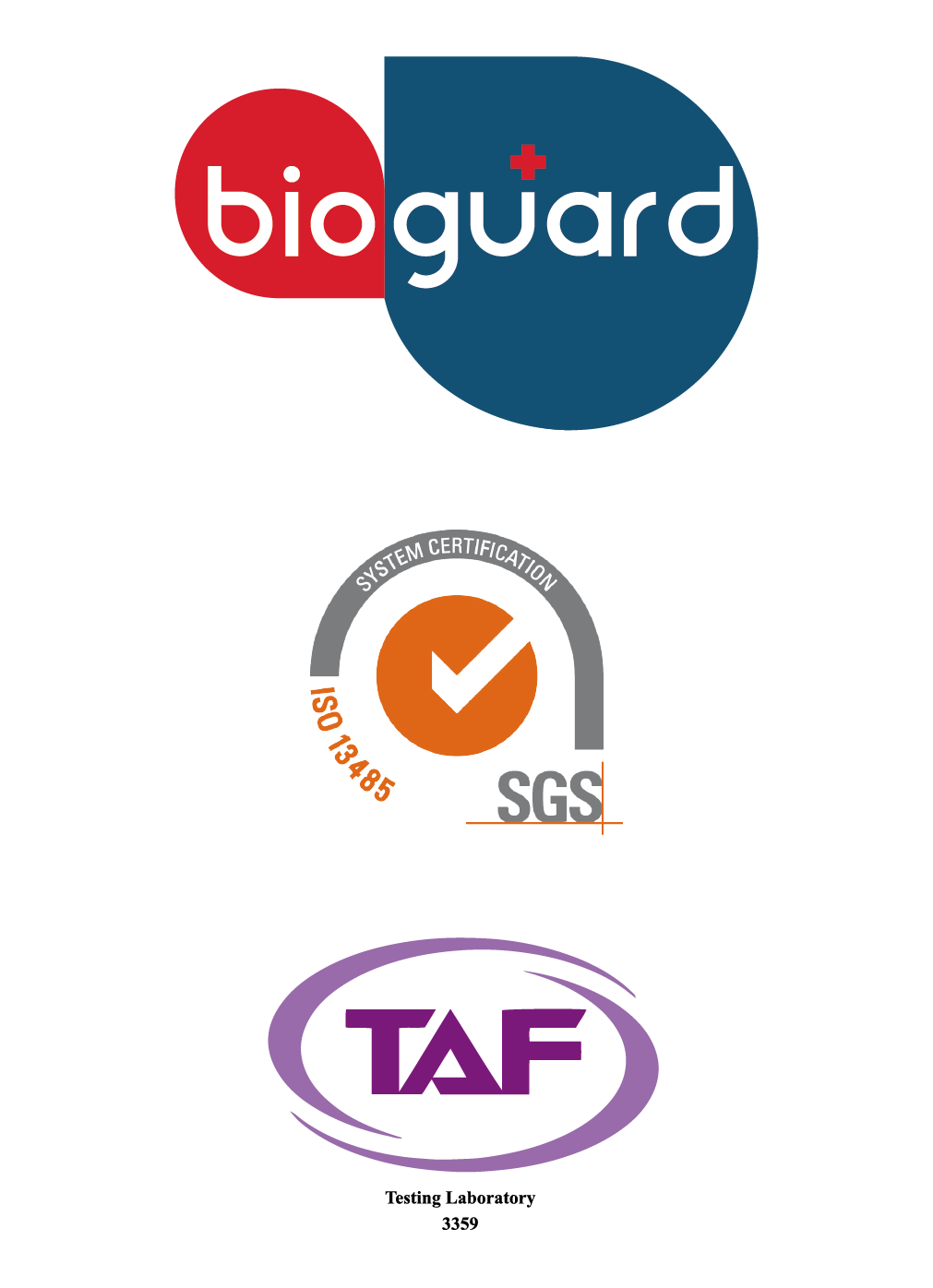
Feline Leukemia Virus (FeLV) remains one of the most consequential retroviruses affecting domestic cats, not only due to its immunosuppressive effects but also its strong association with neoplastic diseases. Among FeLV-positive cats, neoplasia—particularly lymphoma—is a leading cause of mortality.
1. How does FeLV Causes Cancer?
FeLV integrates its RNA into the host’s DNA, altering cellular control mechanisms. This can activate oncogenes or disrupt tumor suppressor genes, leading to unchecked cell proliferation. Unlike other viruses, FeLV has a unique ability to directly induce tumor formation, particularly in hematopoietic and lymphoid tissues.
2. Common Types of FeLV-Associated Tumors
- Lymphoma: The most common neoplasm in FeLV-positive cats, particularly mediastinal, multicentric, and spinal forms.
- Leukemia: Especially acute lymphoblastic leukemia (ALL), often aggressive and rapidly progressive.
- Other Neoplasms: Less commonly, FeLV is associated with fibrosarcomas, myeloproliferative disorders, and osteochondromas.
3. Patient Profile and Risk Factors
- Age: FeLV-related tumors tend to develop in younger cats, often under 5 years of age.
- Transmission: FeLV spreads through saliva, nasal secretions, and close contact—making multi-cat environments particularly risky.
- Co-factors: Immunosuppression, co-infections (e.g., FIV), and genetic predisposition may worsen outcomes.
4. Clinical Signs:
- Generalized lymphadenopathy
- Dyspnea (especially with mediastinal involvement)
- Pale mucous membranes, anemia
- Weight loss, lethargy
- Neurologic deficits (with spinal lymphoma)
- GI signs (vomiting, diarrhea, melena)
5. Diagnostic tests:
- FeLV Testing: Rapid Test, ELISA and PCR testing to confirm infection status.
- Imaging: Thoracic radiographs, ultrasound, or CT scans for mass detection.
- Cytology/Histopathology: Fine needle aspirates or biopsies to confirm neoplastic origin.
6. Prevention:
- Vaccination: FeLV vaccines are effective at reducing infection rates, especially in high-risk populations.
- Routine Testing: Especially important for kittens, newly adopted cats, and multi-cat households.
- Environmental Control: Keeping FeLV-positive cats indoors and separated from uninfected cats.
FeLV is not only an infectious threat but a potent oncogenic driver. Understanding its role in feline neoplasia underscores the importance of screening, prevention, and early intervention.



